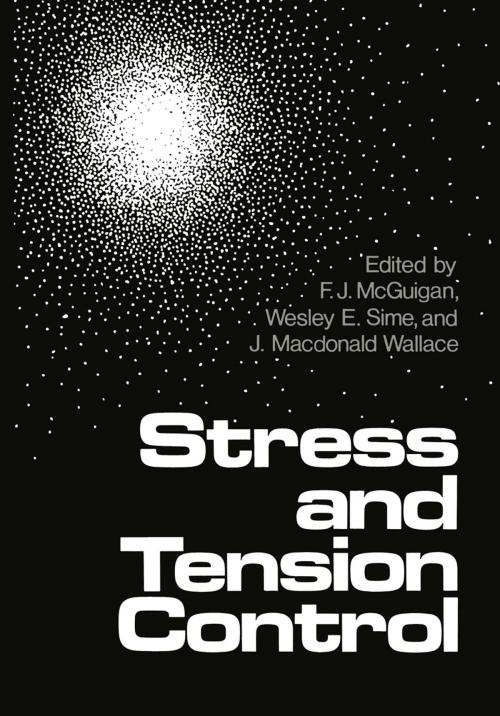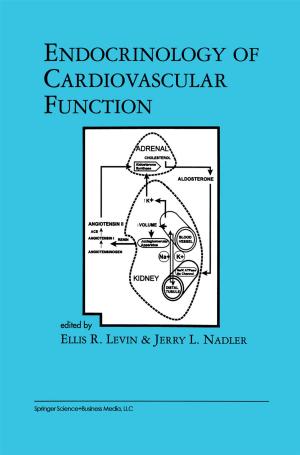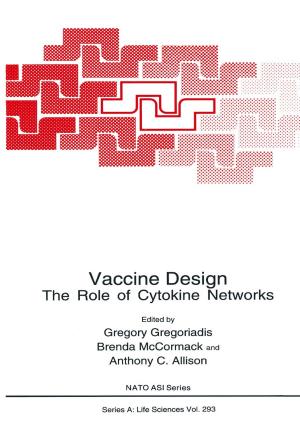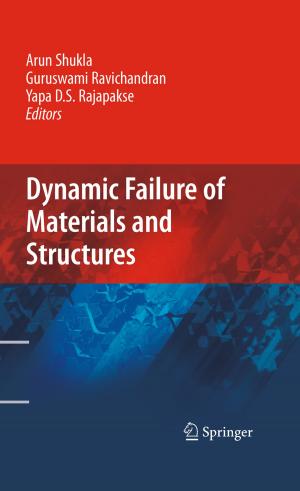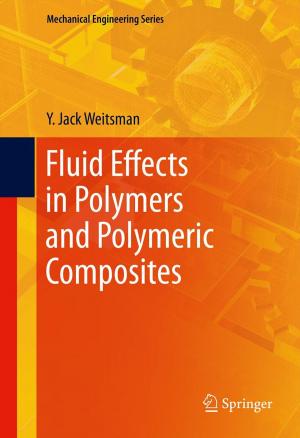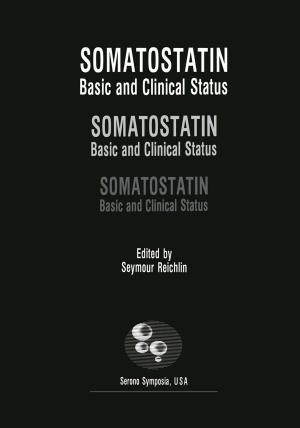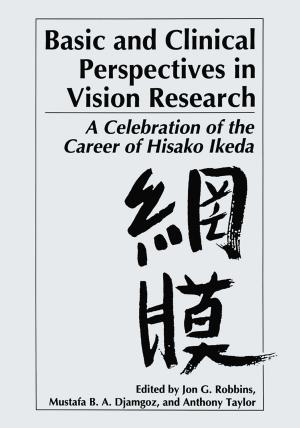Stress and Tension Control
Nonfiction, Health & Well Being, Medical, Reference, Public Health, Psychology, Applied Psychology| Author: | ISBN: | 9781461331148 | |
| Publisher: | Springer US | Publication: | December 6, 2012 |
| Imprint: | Springer | Language: | English |
| Author: | |
| ISBN: | 9781461331148 |
| Publisher: | Springer US |
| Publication: | December 6, 2012 |
| Imprint: | Springer |
| Language: | English |
"Tension" is an internationally recognized word. Its omnI presence in our public media--in our newspapers, on TV, in magazines, and on radio--as well as in our everyday conversations indicate that we are well aware of the problems of over-tenseness. Pulp news papers and magazines increase their sales with promises of quick relief for tension problems. Business executives complain at the end of the day of being "uptight", and often accept a hotel chain's invitation to "unwind" at their bar. Soap operas attract large audiences, in part capitalizing on tension problems--irritable ar guments between husband_ and wife seem interminable! Indeed, the entire world is aware of the need to control ten sions. Such widespread needs invite varied "solutions", with the most attractive appearing ones offering promises of quick and easy cures. The market for tension reduction has been exploited in numer ous ingenious ways for centuries but I think never more than today. People with serious tension disorders often eagerly seize promises of easy relief, regardless of cost. Those who suffer headaches, spastic colon, essential hypertension, back pains, phobias and general anxiety are especially sensitized to tension disorders and potential cures. The American Association for the Advancement of Tension Control is dedicated to the elimination of tension problems through a two pronged attack: through the immediate technological application of tension control principles that now exist, and by encouraging scientific research to further develop our methods.
"Tension" is an internationally recognized word. Its omnI presence in our public media--in our newspapers, on TV, in magazines, and on radio--as well as in our everyday conversations indicate that we are well aware of the problems of over-tenseness. Pulp news papers and magazines increase their sales with promises of quick relief for tension problems. Business executives complain at the end of the day of being "uptight", and often accept a hotel chain's invitation to "unwind" at their bar. Soap operas attract large audiences, in part capitalizing on tension problems--irritable ar guments between husband_ and wife seem interminable! Indeed, the entire world is aware of the need to control ten sions. Such widespread needs invite varied "solutions", with the most attractive appearing ones offering promises of quick and easy cures. The market for tension reduction has been exploited in numer ous ingenious ways for centuries but I think never more than today. People with serious tension disorders often eagerly seize promises of easy relief, regardless of cost. Those who suffer headaches, spastic colon, essential hypertension, back pains, phobias and general anxiety are especially sensitized to tension disorders and potential cures. The American Association for the Advancement of Tension Control is dedicated to the elimination of tension problems through a two pronged attack: through the immediate technological application of tension control principles that now exist, and by encouraging scientific research to further develop our methods.
